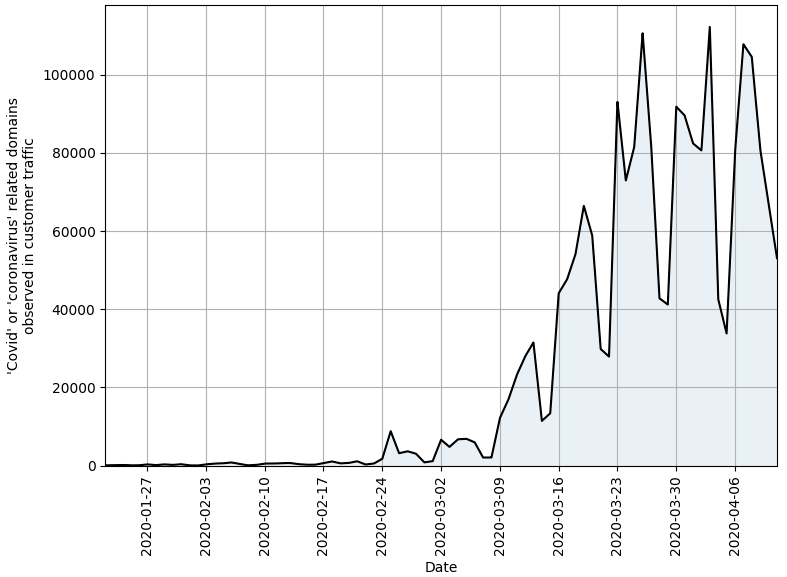


Sometimes, when changes are made to the website, they don’t register immediately due to caching. The only way to see the changes is by doing a hard refresh or clear the cache of the browser.Ī hard refresh is a way of clearing the browser’s cache for a specific page, to force it to load the most recent version of a page. But this can be really irritating while one is in development mode and constantly modifying the javascript or css style sheets.

They primarily do this to increase the website performance. Modern day browsers nowadays cache every front end resource like javascript or CSS style sheets. Browser cache are useful for web browsing, but a real pain point for developers.


 0 kommentar(er)
0 kommentar(er)
